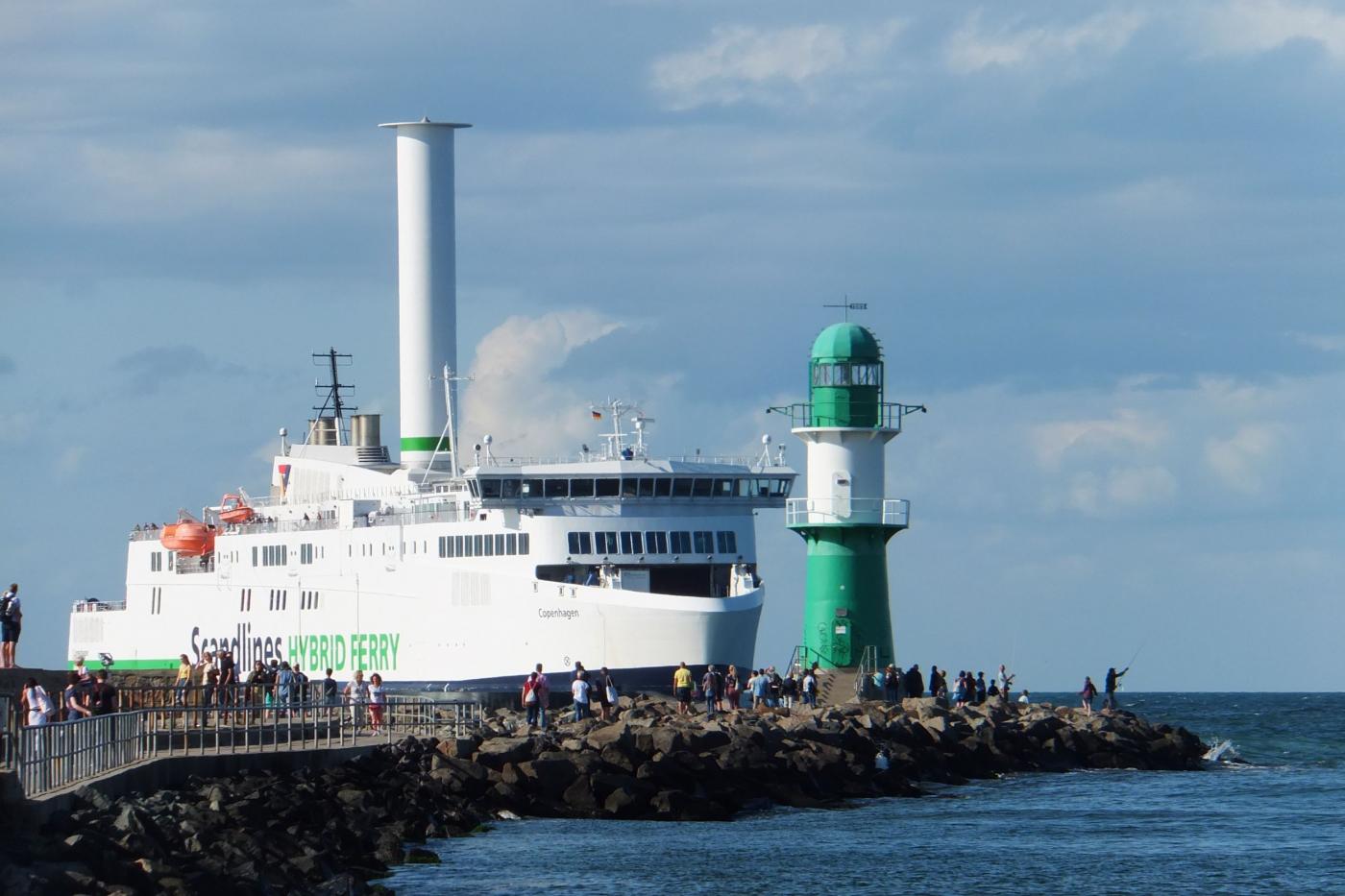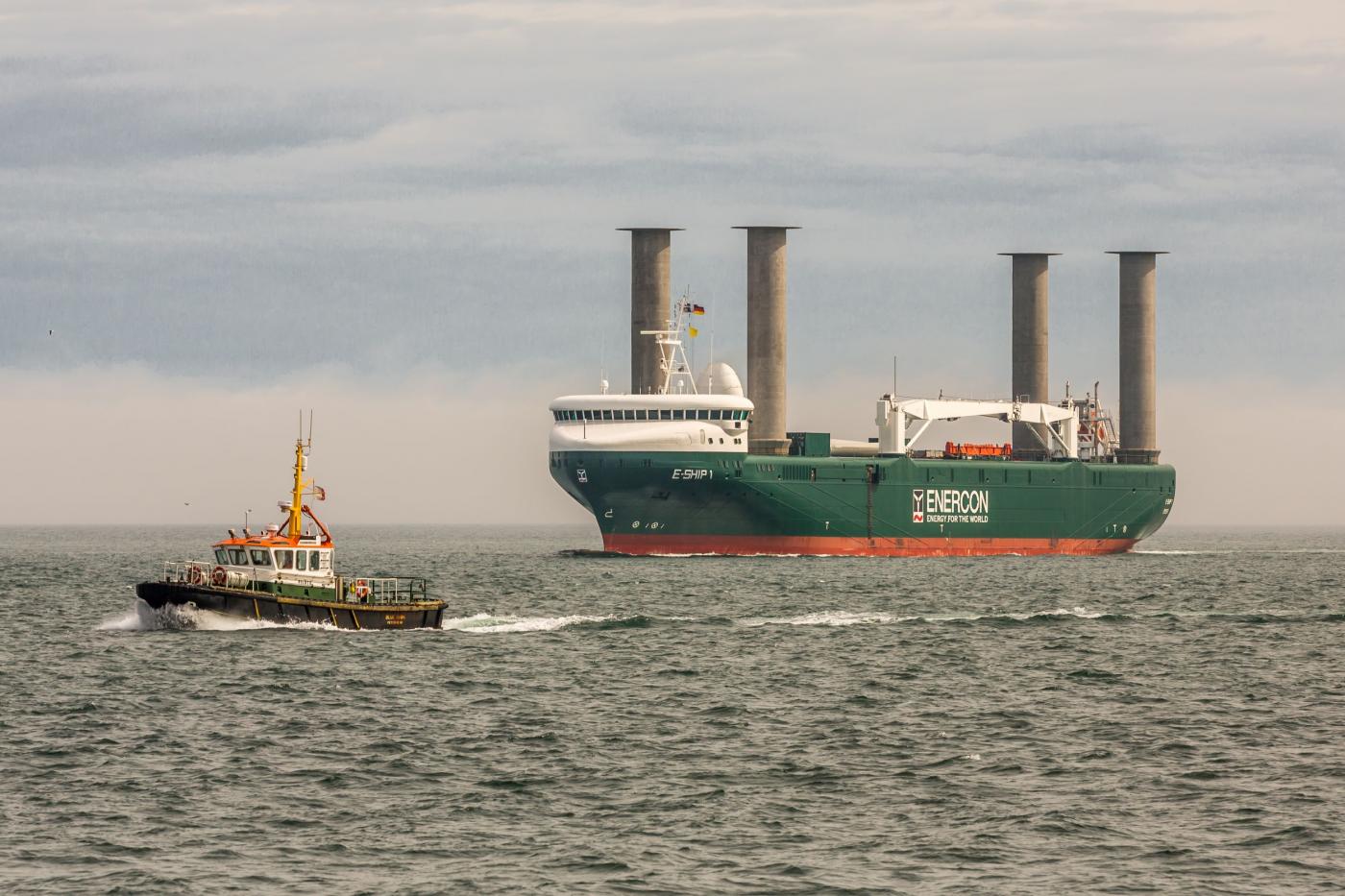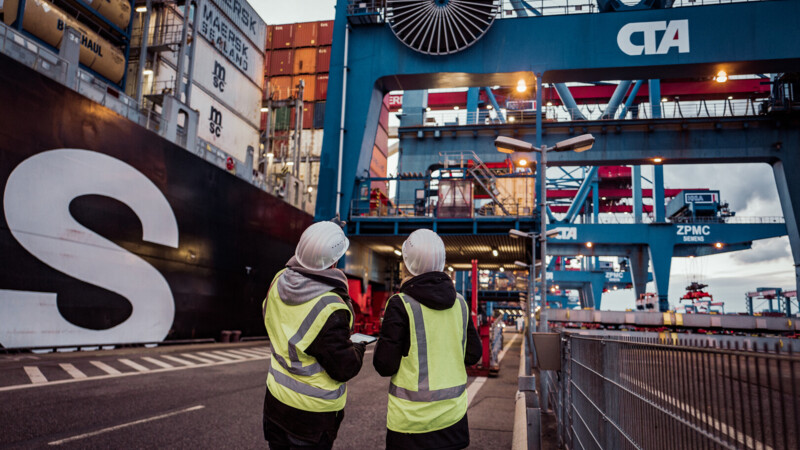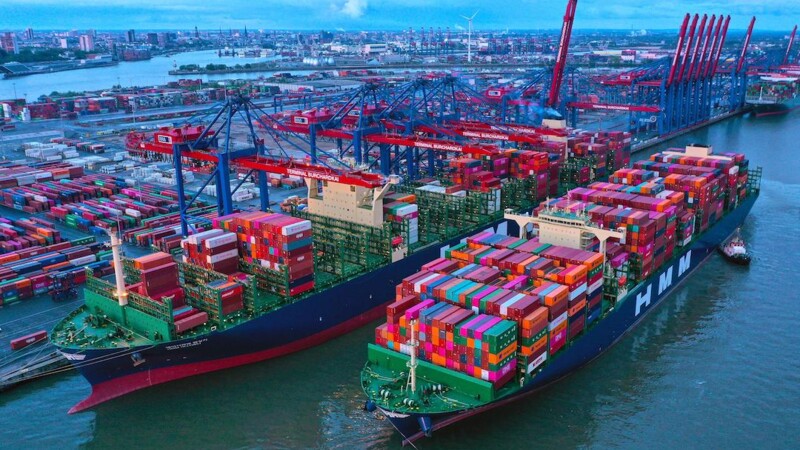Wind is the focus of a North Sea project involving 14 stakeholders including shipping companies, NGOs, universities and financial advisors keen on more efficient propulsion. The viability of wind-based ship propulsion systems is central to Kühne Logistics University’s (KLU) research as part of the EU Interreg North Sea Region scheme. Such hybrid technology could help decarbonise the shipping industry. Other approaches are also being investigated such as innovative stable wing sails or so-called ventifoils that suck in air and generate propulsion and rotor technology.
The three-year Wind Assisted Ship Propulsion (WASP) scheme, worth EUR 5.4 million, focuses on the operational performance of various wind-assisted propulsion solutions. They are to be researched, tested and verified with a view to market launch.





